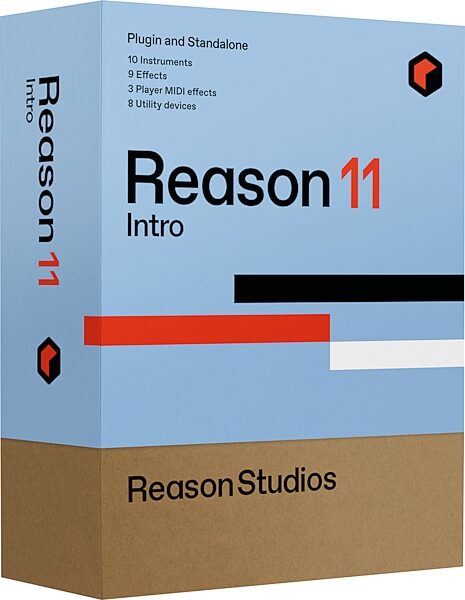Add one now and make sure your desired midi device the one you want to send midi to is selected in its drop down assign menu.
Reason external midi clock.
Midi beat clock or simply midi clock is a clock signal that is broadcast via midi to ensure that several midi enabled devices such as a synthesizer or music sequencer stay in synchronization.
Since the release of cubase sx l many users have reported problems when slaving other devices to cubase via midi clock.
This doesn t seem to affect every user but if you notice your external devices not synchronising correctly to your project steinberg first recommend making sure that the sysex option is enabled in the thru group of the midi filter panel in the.
If you activate midi clock sync the transport panel controls will be disabled and reason essentials will not run unless midi sync data is provided from an external device.
You may have noticed that you can only choose a single destination for midi clock in reason s sync preferences.
The input focus midi audio and play focus midi sync buttons located on the reason essentials hardware in terface relate to how incoming midi and midi sync should be.
As reason can only target a single midi destination for midi clock you may need to think about connecting multiple devices via midi thru ports or a midi interface that can distribute clock.
If you want an all software solution you can use a master midi clock software that lets you send via multiple ports and then slave reason to that program s clock.
I use this one.
Reason has a special module that you can add to the rack whose purpose is to enable you to manage midi assignments into and out of reason and it s called the external midi instrument module.
With 8 external synths though you re going to want a midi through box to avoid latency.
The multiclock can be it s own master or synced to external midi din sync or analogue master clocks.
Because of a number of factors including audio buffer sizes both in live and in the connected device the timing of the two will probably be slightly offset.
Clock events are sent at a rate of 24 pulses per quarter note those pulses are used to maintain a synchronized tempo for synthesizers that have bpm dependent voices and also for arpeggiator synchronization.
Unfold the midi port connected to your external device.
Synchronisation of the multiclock to a daw relies on a sample accurate audio clock which allows for rock solid sync signals.
The input focus midi audio and play focus midi sync buttons located on the reason hardware interface relate to how incoming midi and midi.

